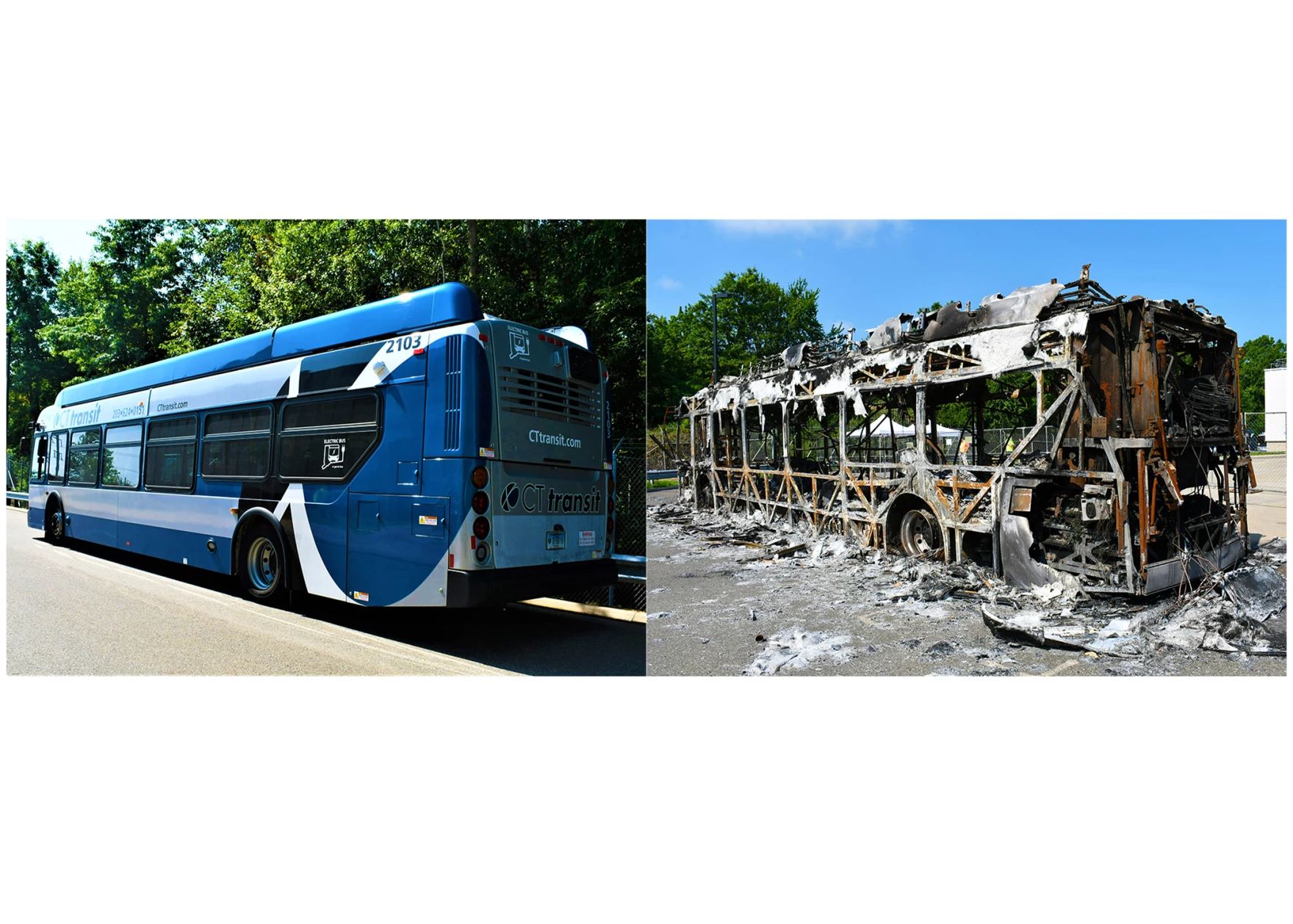Article by Dale Grant – Journalist Ninja :
Who doesn’t love a good rivalry? Eagles vs The Cowboys. Pepsi vs Coke. Guy Fieri’s hairstyle vs the passage of time.
But if you grew up in the 1990’s no rivalry was as heated as Nintendo vs Sega. Lines were drawn in the sand and you knew to whom your loyalty aligned.
Those of us, on the Nintendo side of the fence were always jealous of one particular piece of hardware though, the Game Gear. In 1991, to have the ability to play a video game on the go, in color, no less was absolutely the height of technology at the time. It did, however, come at a price to the tune of 6 AA batteries required to power it for 3-5 hours. That meant that for that 12-hour drive to Florida it was going to take 24 batteries to prevent the ever present “Death by Boredom” which was a common affliction in the pre-smartphone world.
It was around this time that the consumer electronics industry began to experiment with Lithium-Ion batteries to create truly rechargeable devices and they have become prevalent within our everyday life. Everything from consumer electronics to new forms of transportation, Lithium-ion batteries are in many of the household items we use every day.
The problem with that… they have been causing an increased number of fires.
When lithium-ion batteries fail or overheat, they can release toxic and flammable gases which can spark fast spreading fires that are exceptionally difficult for fire fighters to extinguish.

The photo on the left shows an exemplar CTtransit battery-electric bus.
The photo on the right shows the post-fire damage to the bus involved in the event.
In July of 2022, an electric transit bus in Connecticut burst into flames while parked at a depot. Shortly after that, an electric scooter sparked a fire in New York that took two lives, one of which, was a five-year-old girl.
In an interview with NBC News, Ofodike Ezekoye, a fire scientist and professor of mechanical engineering at the University of Texas at Austin stated “The source of the gasses that are creating the flames is confined within a cell battery that will not allow water in” Ezekoye went on to say, “When firefighters are responding to these types of incidents, it takes a lot longer to be able to control the fire because it requires so much more water.”
Steve Kerber, the executive director of the nonprofit UL Fire Safety Research Institute, was also interviewed for the NBC News piece. Kerber went on to describe tests he and his team had conducted on failing lithium-ion batteries.
In those tests, failing lithium-ion batteries took only 15 seconds from the first sign of smoke to the windows being blown out in a house. In a traditional fire, it typically takes about three minutes for a room to be engulfed, he said.

Because of the intensity of the heat produced by these fires, firefighters have been employing new technologies which seek to absorb the heat of these blazes as opposed to dissipating it with steam.
While there has been increase in lithium-ion fires, they are still a low probability event. These batteries do come with safety systems designed to prevent fires from starting, the problem is that when these systems fail, the results can be catastrophic.
While many of these battery fires are the result of physical damage to the battery, many believe that cheaply made products falling through regulatory loopholes are to blame.

E-bikes for example have been especially suspect. As their popularity grows, these popular urban alternative to cars have been the cause of more and more fires. As it turns out, large agencies who oversee workplace safety or highway safety do not generally handle bikes, leaving the market flooded with cheap, poorly made bikes that have flown under the regulatory radar.
There are some things that can be done to mitigate the increased risk of Lithium-Ion battery fires. Practicing safe usage and storage is vital as well as following manufacturer recommendations when it comes to usage and charging.
Safe disposal is also vital to preventing battery fires. As previously mentioned, punctures and physical damage are just a few of the factors that lead to these dangerous situations. Lithium-Ion batteries should not be placed in with regular trash or recycling. Check with your local municipality for recommendations on how to safely dispose of these potentially dangerous materials.
Research and common sense is key as well. A product that seems priced too good to be true, likely is and can only increase the risk of product failure.
Until there is better regulation in place, ensuring that all your life safety systems are in place are vital as well. Smoke Detectors, Fire Sprinklers, Fire Alarms, Carbon Monoxide Detectors and fire extinguishers can easily be the difference between life and death.

